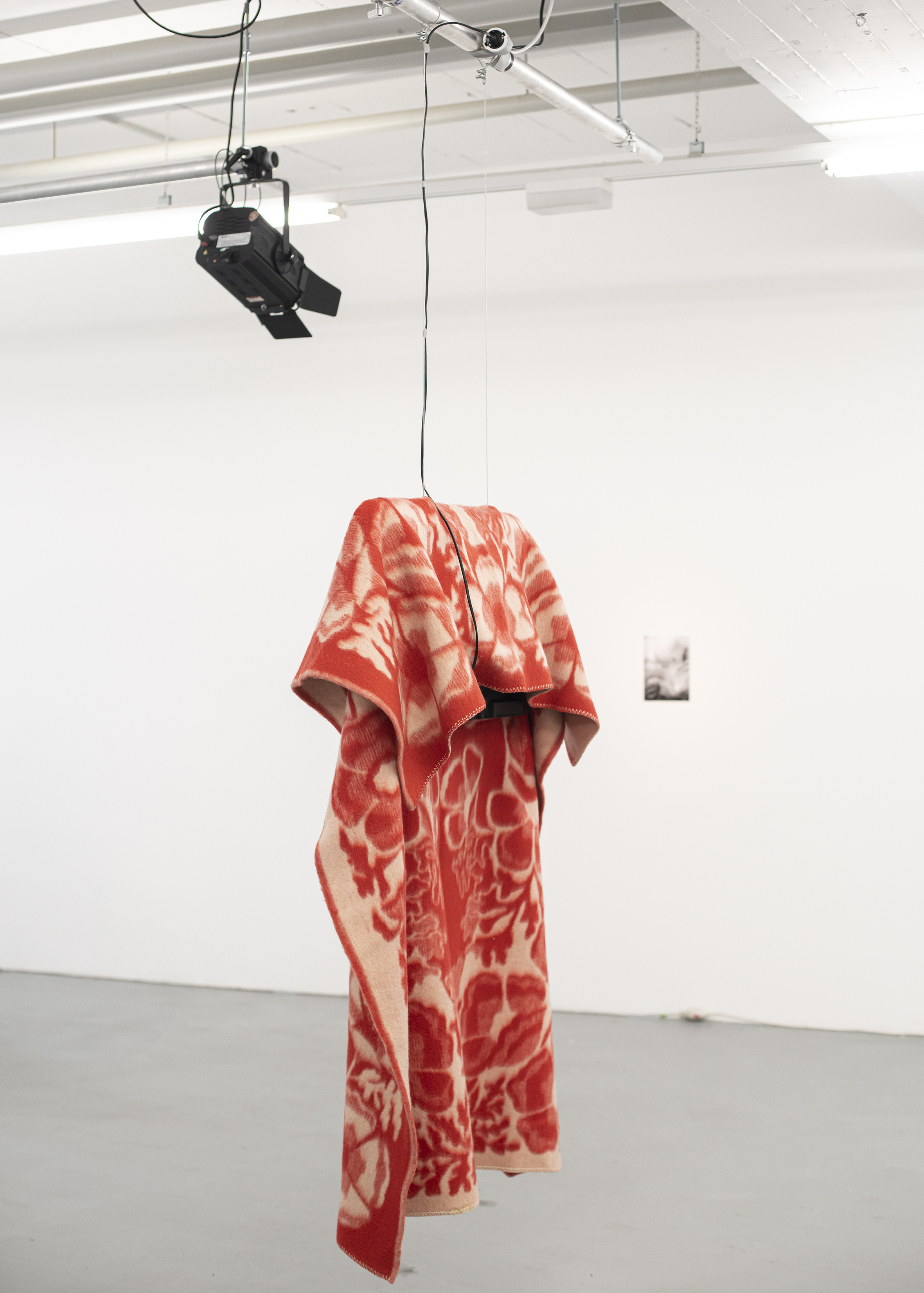

Shelters
Duration: 16:22
Video brings you through the walk around the biggest housing complex in USSR, in present — the sleeping district of Kharkiv, which in 70s has massively been overgrown with covers and pipes of cellars, and considers the cellar phenomenon in its socio- economic, everyday, defensive and psychic groundings.
While old cities have their ramifide and rich underground architecture, including collectors, passages and manholes, for the young Soviet district the question of shelters was solved from below. The combined function of a cellar and a shelter, and their equally suspended status of a mass underground construction, not subject to legalization, touch the ambiguity of various kinds.
The space of shelter is at the same time viewed as a space of opening, in which protected and bordered body faces, alone, the open memory of about the external world. Beyond shelters like this, we experience the adjacent, inseparable state of the mental shelter’s tight proximity. Here, we are no longer convinced, are we still rescued, or not yet?
photo: Magdalena Jooss